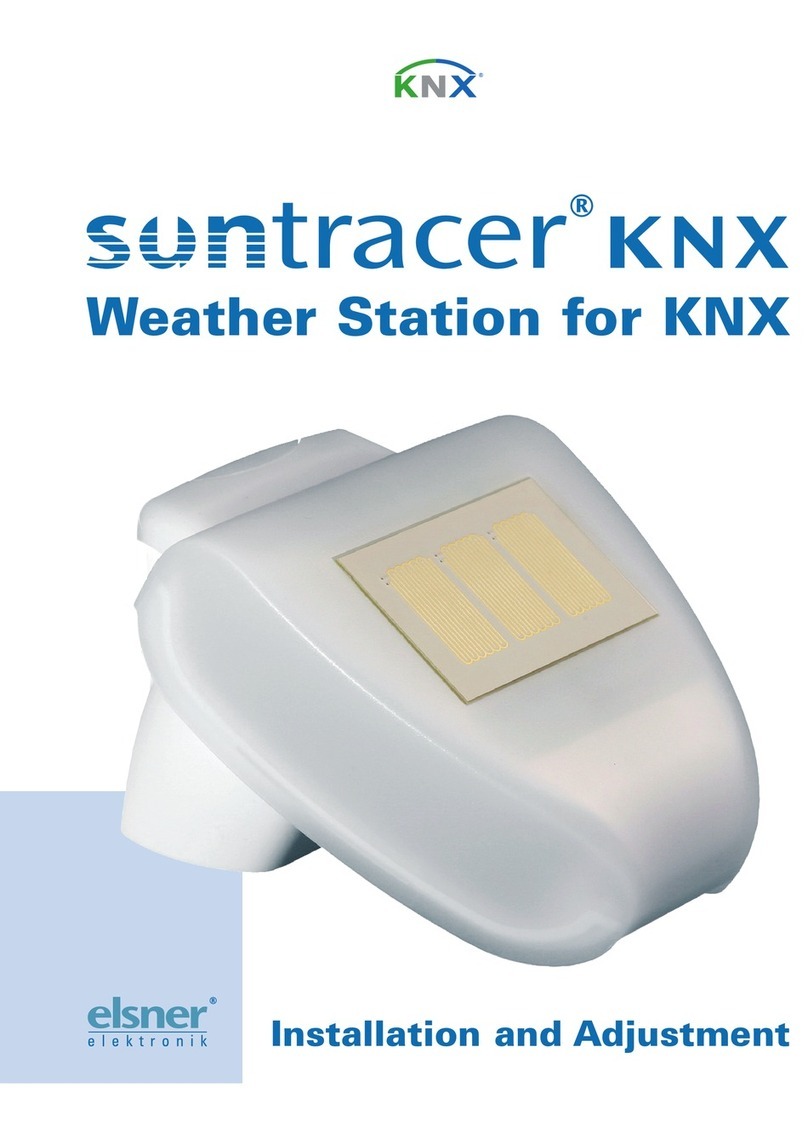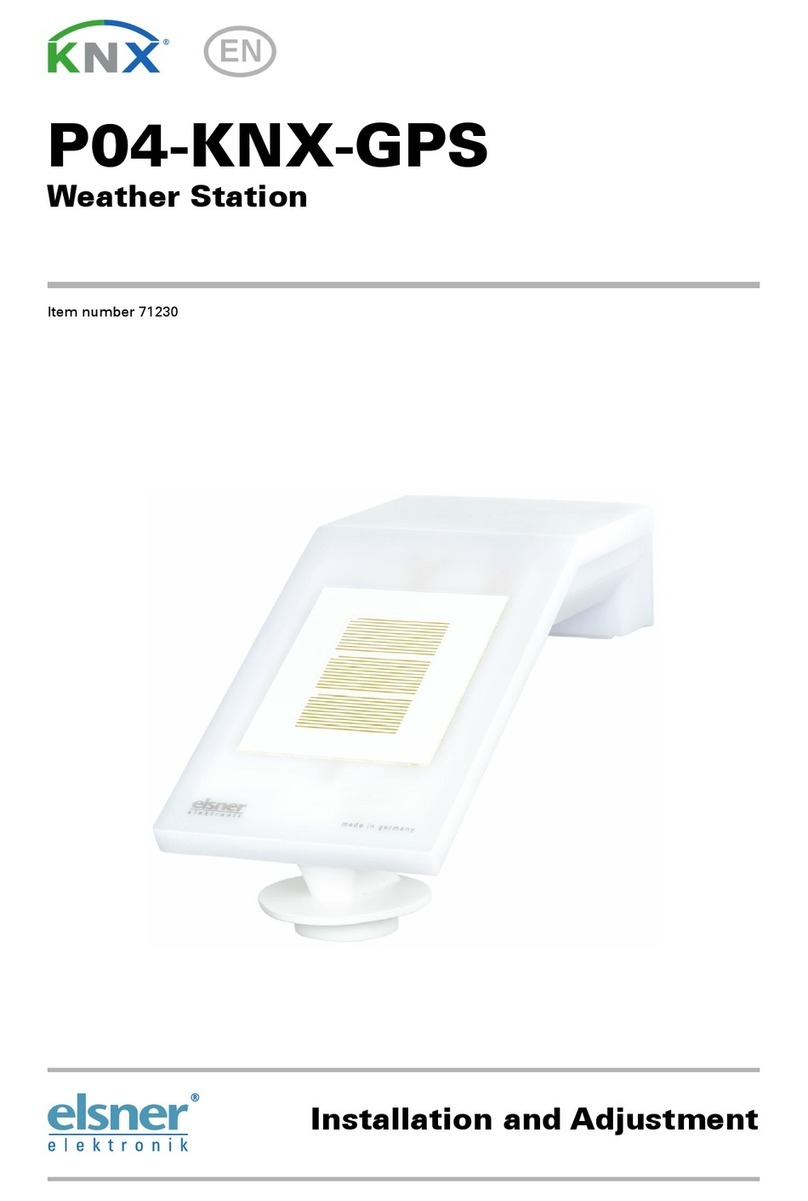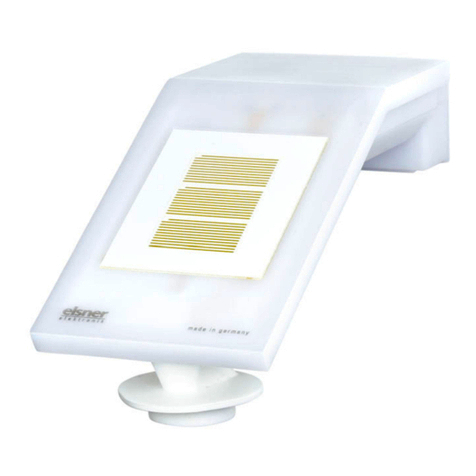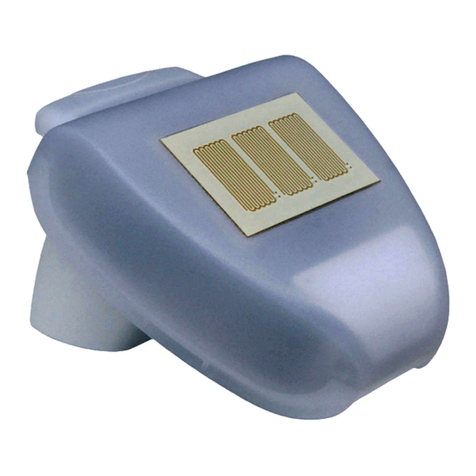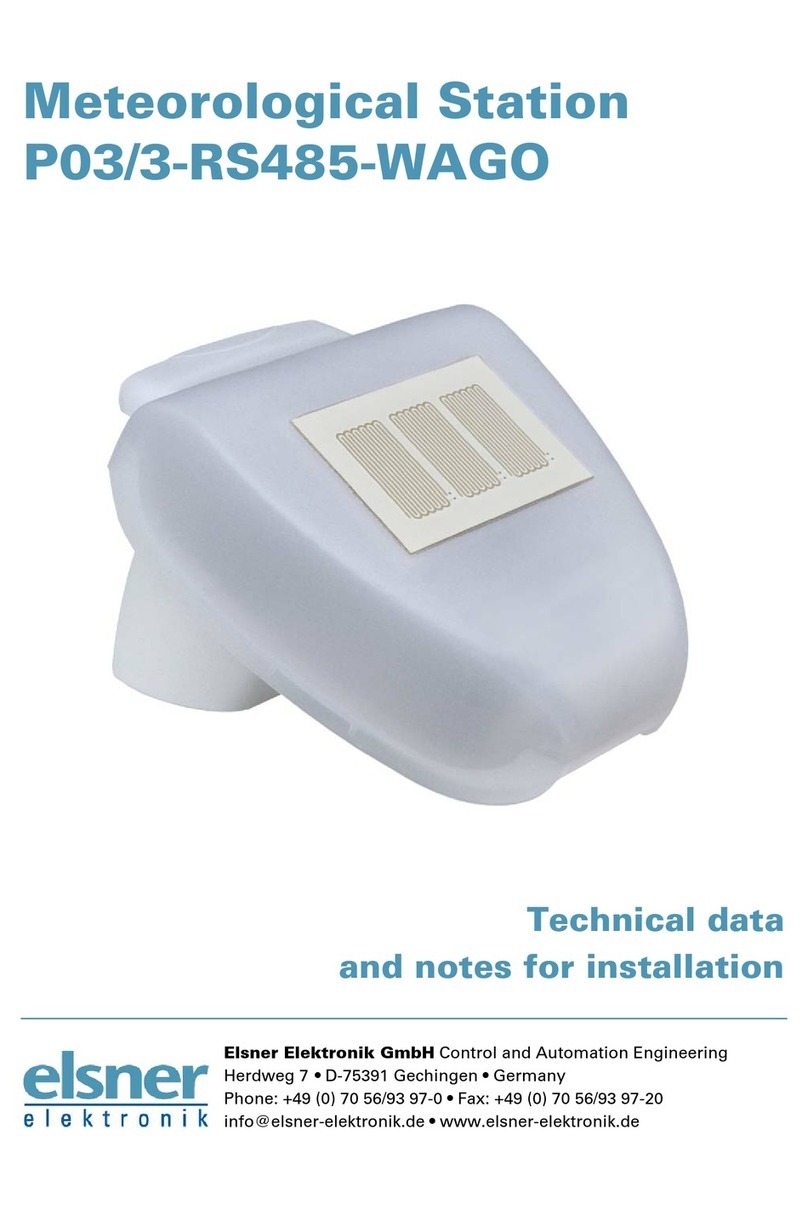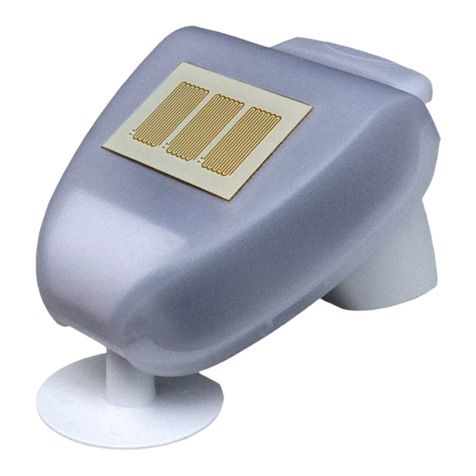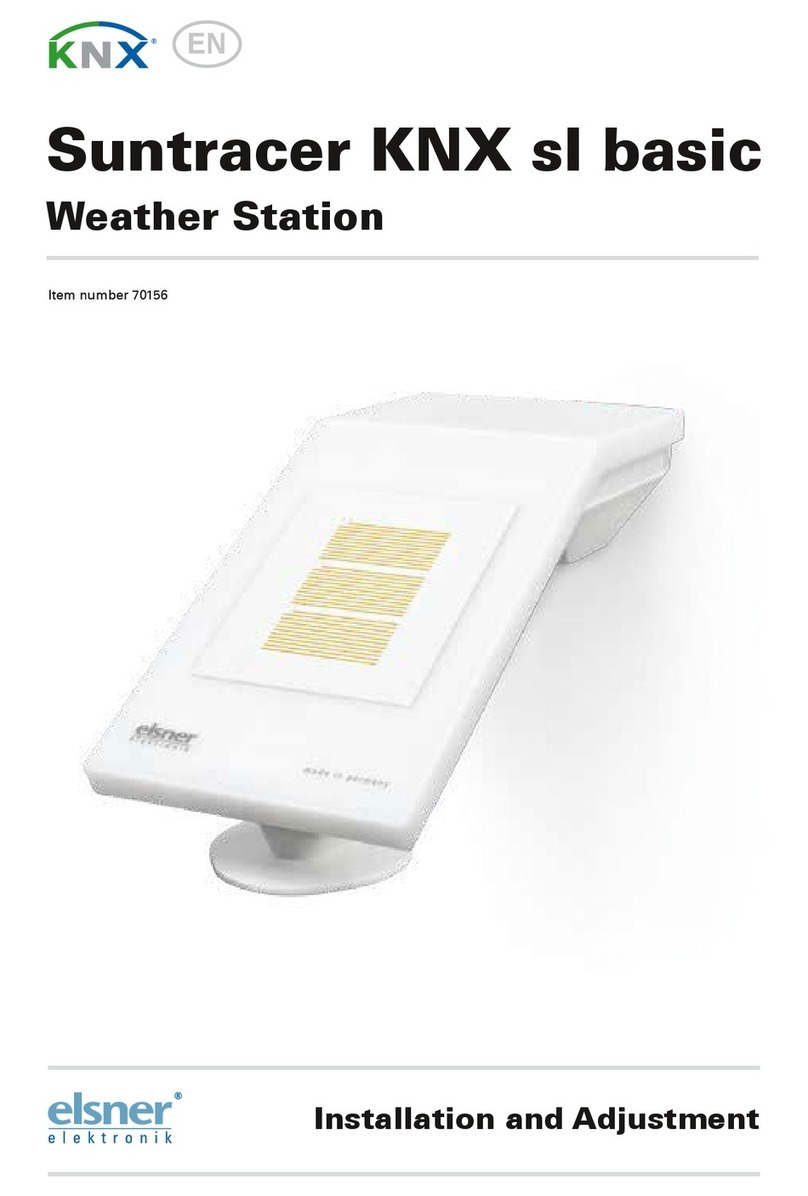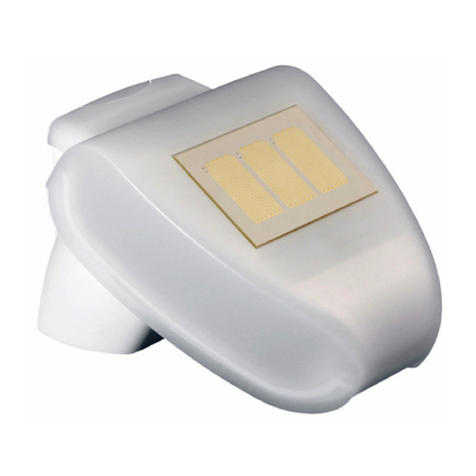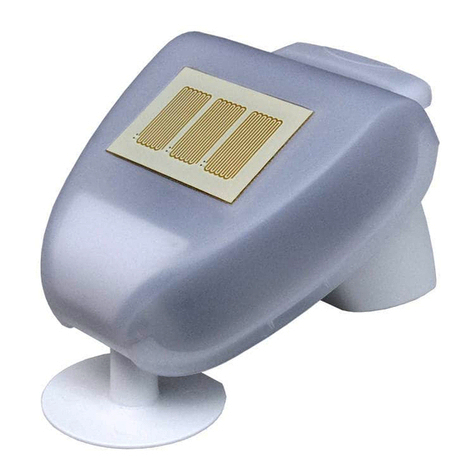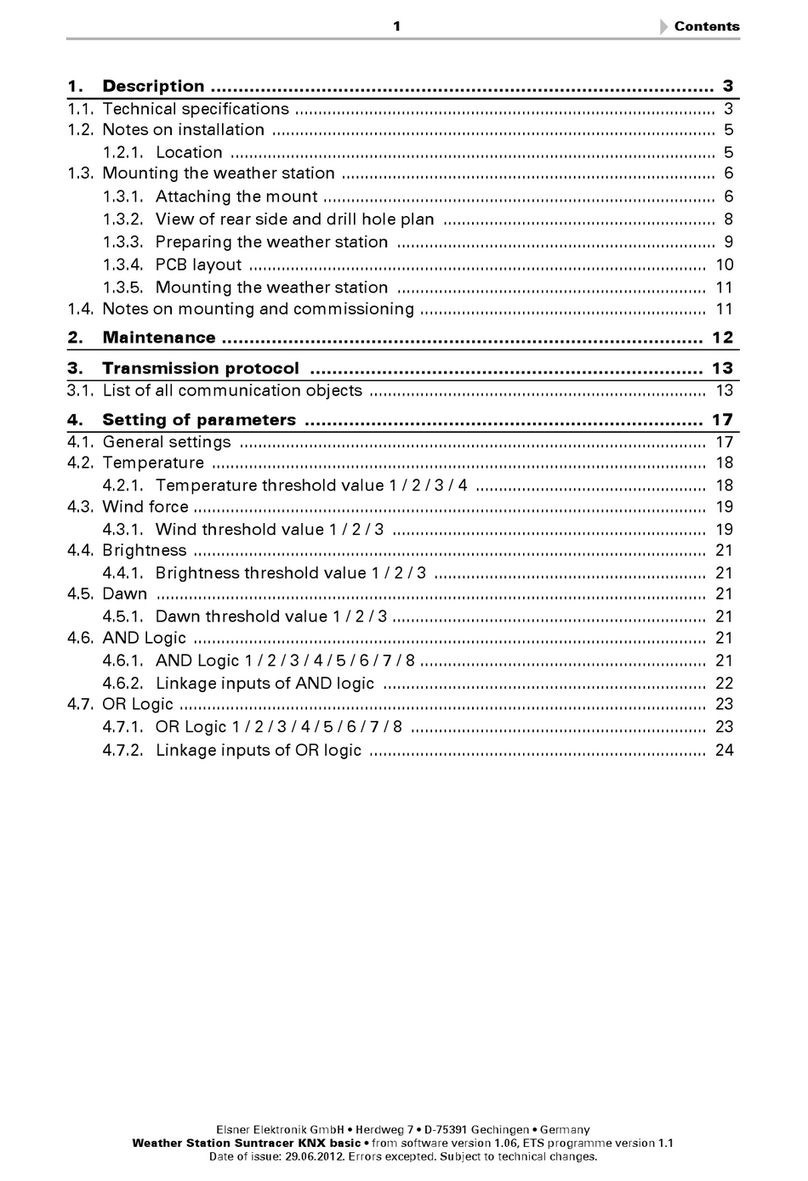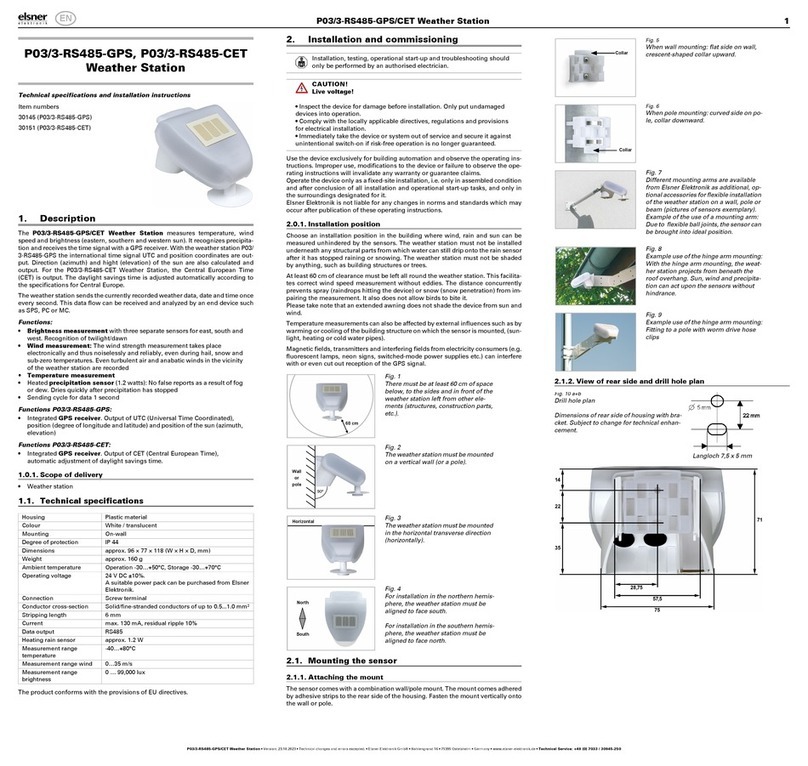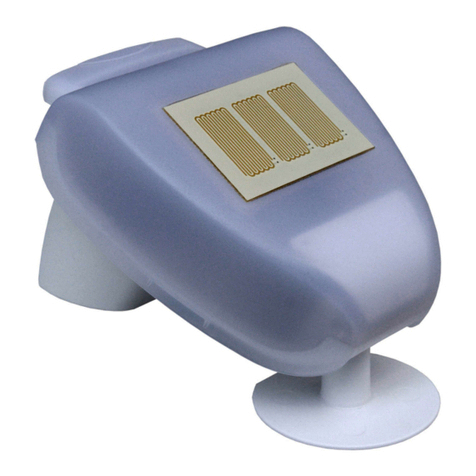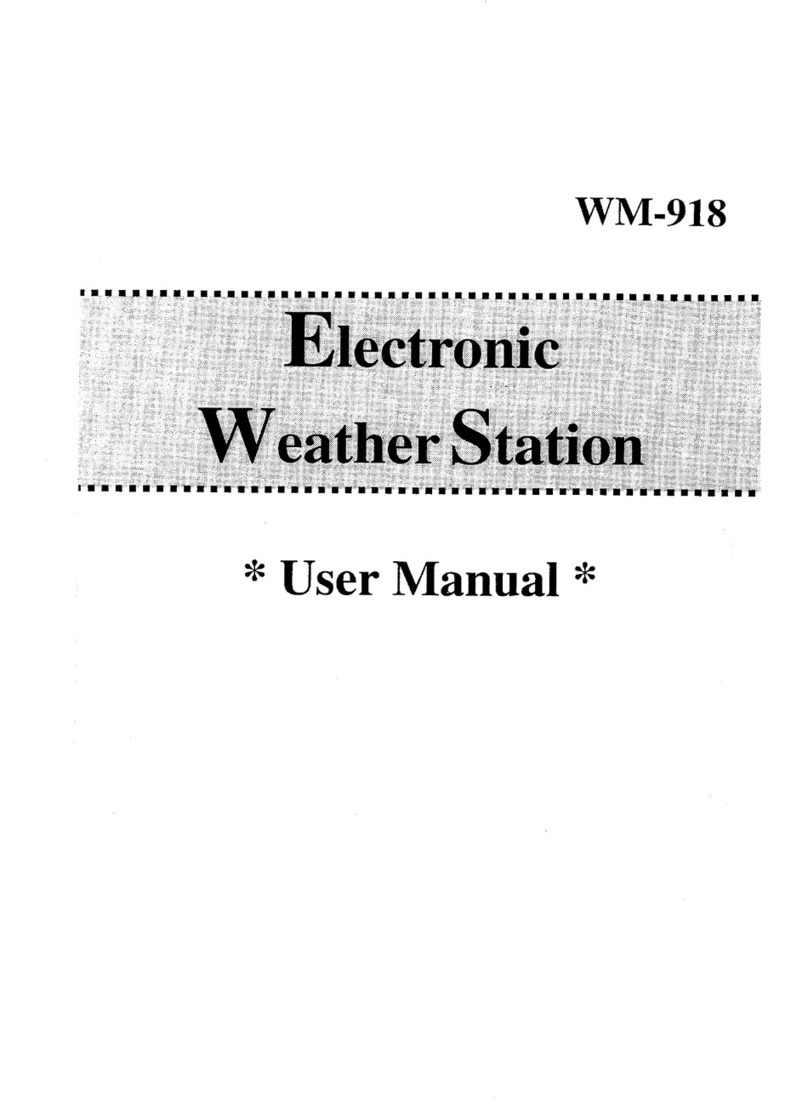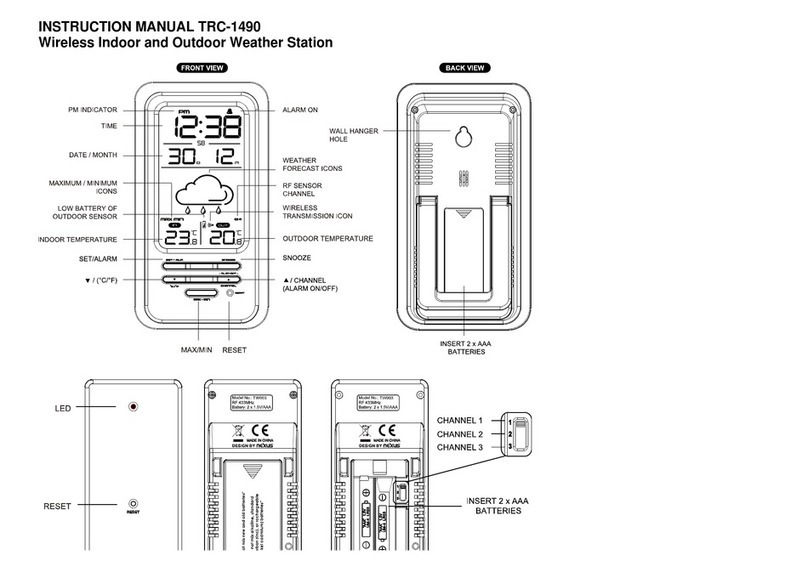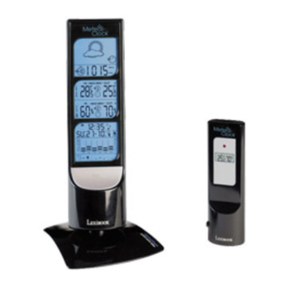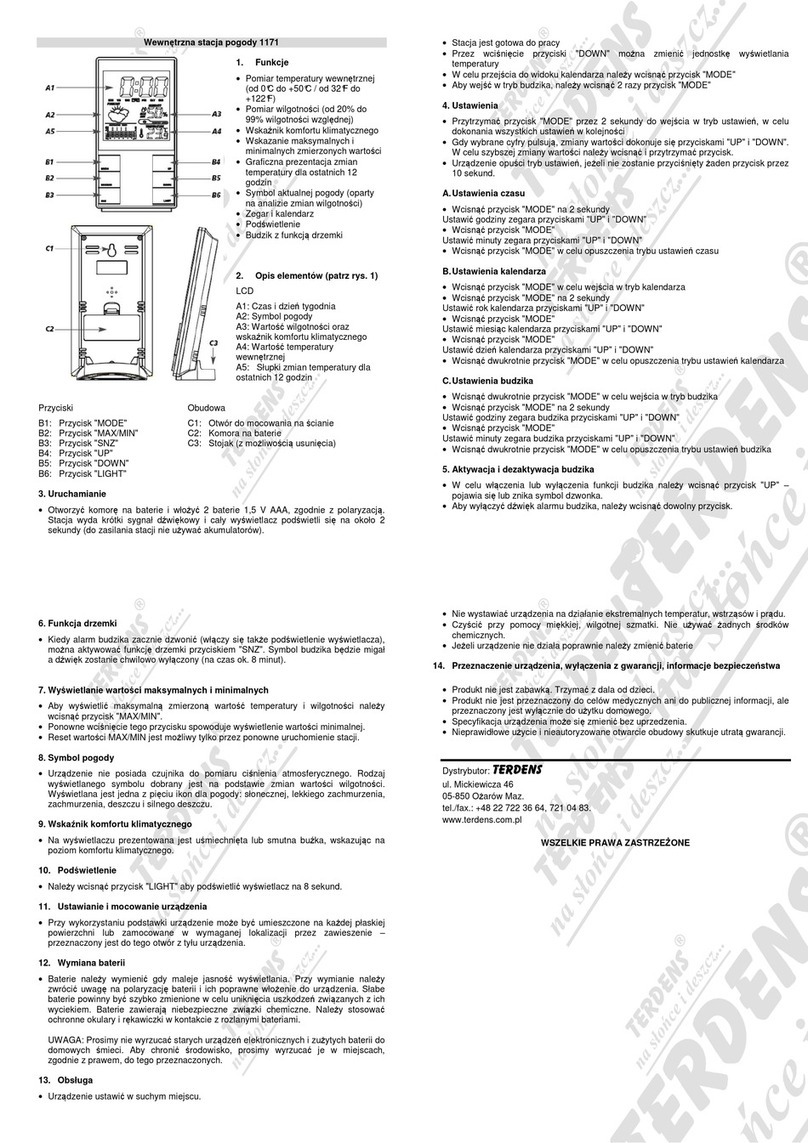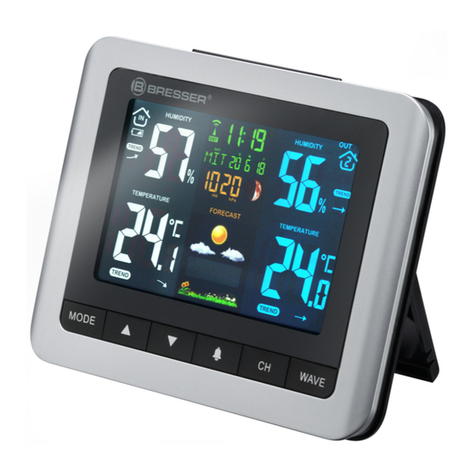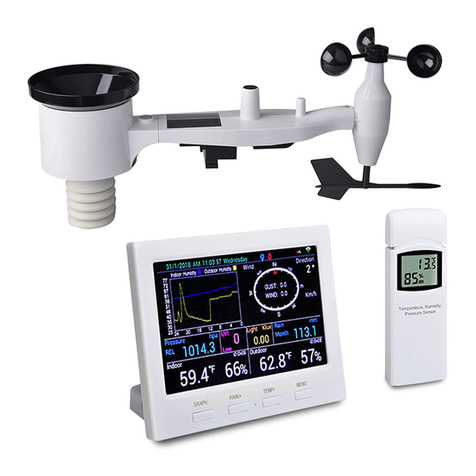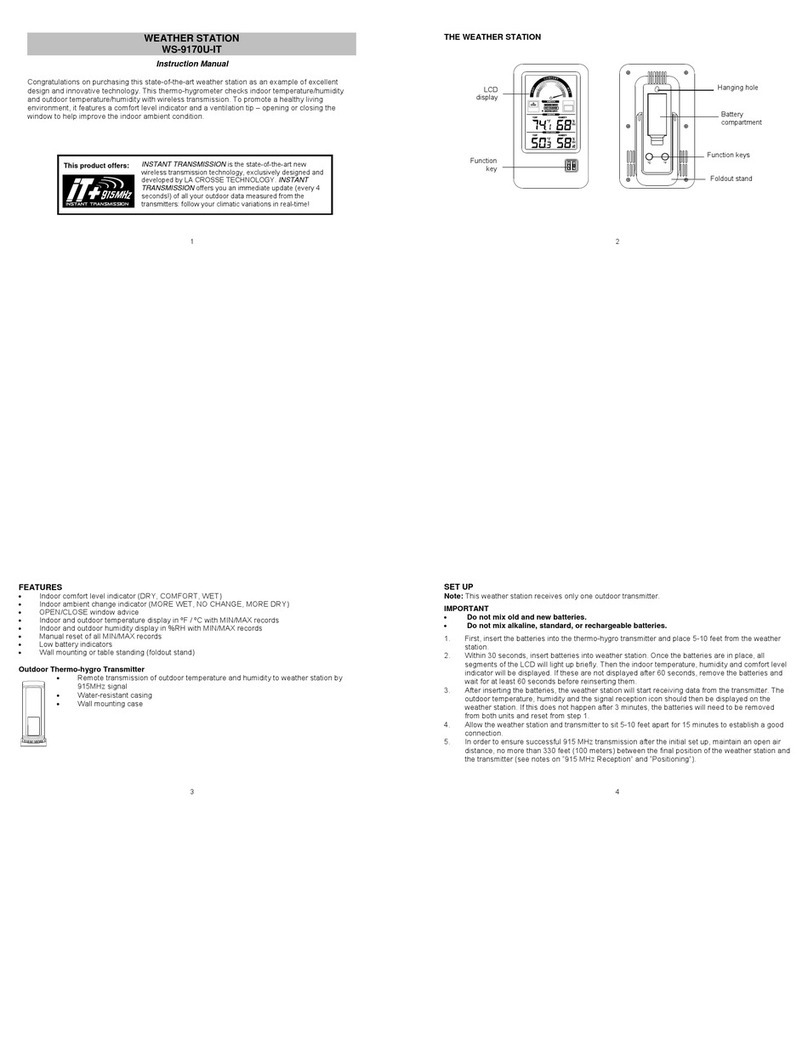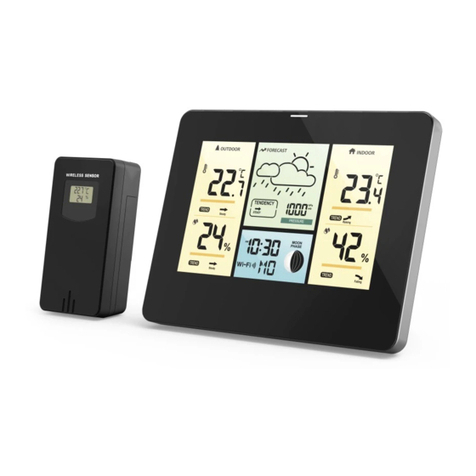
Weather Station Suntracer KNX basic 1
Weather Station Suntracer KNX basic • Version: 01.06.2021 • Technical changes and errors excepted. • Elsner Elektronik GmbH • Sohlengrund 16 • 75395 Ostelsheim • Germany • www.elsner-elektronik.de • Technical Service: +49 (0) 7033 / 30945-250
Suntracer KNX basic
Weather Station
Technical specifications and installation instructions
1. Description
The Weather Station Suntracer KNX basic perceives temperature, wind
speed, brightness and precipitation. All data may be used for the control of swit-
ching outputs which depend on threshold values. The states may be linked by me-
ans of AND and OR logic gates. The compact housing of Suntracer KNX basic
stores the sensor system, the evaluation electronics and the electronics of the bus
connection.
Functions:
•Brightness measurement: The current light intensity is measured by
means of a sensor
•Wind measurement: The measurement of wind speed is accomplished
electronically and thus noiseless and reliable even in case of hail, snow and
minus temperature. Air swirls and up-draught in the radius of the weather
station are collected, too
•Wind sensor monitoring: If the wind measurement value changes by less
than ± 0.5 m/s within 48 hours, a fault can be output. The wind measured
value is output with the maximum measured value of 35 m/s and all wind
threshold values below this value become active
•Precipitation perception: The surface of the sensor is heated so that only
drops and flakes are recognised as precipitation but not fog or dew. If it
stops raining or snowing, the sensor dries quickly and the precipitation
message ends
•Temperature measurement
•Threshold values can be adjusted per parameter or via communication
objects
•8 AND and 8 OR logic gates with each 4 inputs. Every switching incident
as well as 8 logic inputs (in the form of communication objects) may be used
as inputs for the logic gates. The output of each gate may optionally be
configured as 1 bit or 2 x 8 bits
Configuration is made using the KNX software ETS. The product file can be dow-
nloaded from the Elsner Elektronik website on www.elsner-elektronik.de in the
“Service” menu.
1.1. Scope of delivery
• Weather station with combined wall/pole mounting
• 2x stainless steel installation band for pole installation
1.2. Technical specifications
The product conforms with the provisions of EU directives.
2. Installation and commissioning
Installation, testing, operational start-up and troubleshooting should
only be performed by an authorised electrician.
DANGER!
Risk to life from live voltage (mains voltage)!
There are unprotected live components inside the device.
• Inspect the device for damage before installation. Only put undamaged
devices into operation.
• Comply with the locally applicable directives, regulations and provisions
for electrical installation.
• Immediately take the device or system out of service and secure it against
unintentional switch-on if risk-free operation is no longer guaranteed.
Use the device exclusively for building automation and observe the operating ins-
tructions. Improper use, modifications to the device or failure to observe the ope-
rating instructions will invalidate any warranty or guarantee claims.
Operate the device only as a fixed-site installation, i.e. only in assembled condition
and after conclusion of all installation and operational start-up tasks, and only in
the surroundings designated for it.
Elsner Elektronik is not liable for any changes in norms and standards which may
occur after publication of these operating instructions.
2.0.1. Location
Select an assembly location at the building where wind, rain and sun may be col-
lected by the sensors unobstructedly. Do not assemble any construction compo-
nents above the weather station from where water may drop on to the rain sensor
after it has stopped raining or snowing. The weather station may not be shaded by
the building or for example by trees.
At least 60 cm of clearance must be left all round the weather station. This facilita-
tes correct wind speed measurement without eddies. The distance concurrently
prevents spray (raindrops hitting the device) or snow (snow penetration) from im-
pairing the measurement. It also does not allow birds to bite it. Please ensure that
the extended awning does not cast shade on the unit, and that this is not protected
from the wind.
Temperature measurements can also be affected by external influences such as by
warming or cooling of the building structure on which the sensor is mounted, (sun-
light, heating or cold water pipes). Temperature variations from such sources of in-
terference must be corrected in the ETS in order to ensure the specified accuracy
of the sensor (temperature offset).
2.1. Mounting the weather station
2.1.1. Attaching the mount
The sensor comes with a combination wall/pole mount. The mount comes adhered
by adhesive strips to the rear side of the housing. Fasten the mount vertically onto
the wall or pole.
2.1.2. View of rear side and drill hole plan
Housing Plastic material
Colour White / translucent
Mounting On-wall
Degree of protection IP 44
Dimensions approx. 96 × 77 × 118 (W × H × D, mm)
Weight 230 V AC version: approx. 240 g
20...32 V DC version: approx. 170g
Ambient temperature Operation -30…+50°C, Storage -30…+70°C
Operating voltage Available for 230 V AC or for 20...32 V DC
An appropriate power supply unit can
be obtained from Elsner Elektronik.
Current 230 V AC version: max. 20 mA
20...32 V DC version: max. 100 mA
Residual ripple 10%
Data output KNX +/- bus terminal plug
Group addresses max. 254
Allocations max. 255
Communication objects 109
Heating rain sensor approx. 1.2 W
Measurement range
temperature
-40…+80°C
Resolution (tempera-
ture)
0.1°C
Accuracy (temperature) ±1°C at -10…+85°C
±1.5°C at -25…+150°C
Item number
3095 (230 V AC),
3096 (20...32 V DC)
Measurement range
wind
0…35 m/s
Resolution (wind) 0,1 m/s
Accuracy (wind) at ambient temperature -20…+50°C:
±22% of the measurement value when inci-
dent flow is from 45…315°
±15% of the measurement value when inci-
dent flow is from 90…270°
(Frontal incident flow corresponds to 180°)
Measurement range
brightness
0 ... 150,000 lux
Resolution (brightness) 1 lux up to 300 lux
2 lux up to 1,000 lux
25 lux up to 150,000 lux
Accuracy (brightness) ±15% of the measurement value at 30 lux …
120,000 lux
Fig. 1
There must be at least 60 cm of space
below, to the sides and in front of the
weather station left from other ele-
ments (structures, construction parts,
etc.).
60 cm
Fig. 2
The wind sensor must be mounted
onto a vertical wall (or pole).
Wall
or
pole
Fig. 3
The wind sensor must be mounted ho-
rizontally in the lateral direction.
Horizontal
Fig. 4
The weather station must be aligned
in the
direction of the façade on which shade
is to be provided.
Facade
Fig. 5
When wall mounting: flat side on wall,
crescent-shaped collar upward.
Collar
Fig. 6
When pole mounting: curved side on po-
le, collar downward.
Collar
Fig. 7
Different mounting arms are available
from Elsner Elektronik as additional, op-
tional accessories for flexible installation
of the weather station on a wall, pole or
beam (pictures of sensors exemplary).
Example of the use of a mounting arm:
Due to flexible ball joints, the sensor can
be brought into ideal position.
Fig. 8
Example use of the hinge arm mounting:
With the hinge arm mounting, the weat-
her station projects from beneath the
roof overhang. Sun, wind and precipita-
tion can act upon the sensors without
hindrance.
Fig. 9
Example use of the hinge arm mounting:
Fitting to a pole with worm drive hose
clips
Langloch 7,5 x 5 mm
Fig. 10 a+b
Drill hole plan
Dimensions of rear side of housing with bra-
cket. Subject to change for technical enhan-
cement.
EN


